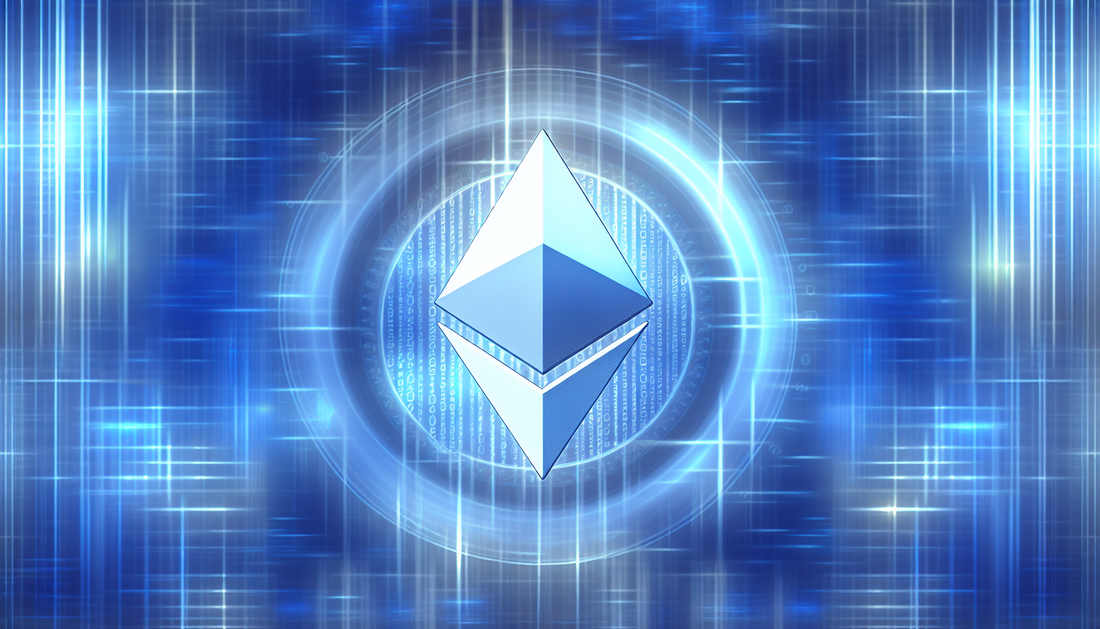
Ethereum Classic: Standing Firm Against Blockchain Rivals
Share
Ethereum Classic (ETC): A Comparative Analysis With Its Rivals
Ethereum Classic (ETC) emerged from the original Ethereum blockchain following a hard fork, primarily due to disagreements over how to handle the infamous DAO hack. As a decentralized computing platform, Ethereum Classic retains its commitment to the principles of immutability. However, how does it stack up against its rivals in the blockchain space?
One of the main competitors of Ethereum Classic is Ethereum (ETH) itself. While both share a common ancestry, Ethereum has seen significant upgrades, such as the shift to a Proof-of-Stake consensus mechanism, a move Ethereum Classic has not mirrored, choosing to remain a Proof-of-Work blockchain. This commitment to a traditional consensus mechanism might be a plus for purists who value immutability and censorship resistance, but it also limits some scalability improvements and energy efficiencies Ethereum gains through its transition.
Beyond its sibling rivalry with Ethereum, Ethereum Classic faces competition from other blockchain platforms that offer smart contract capabilities. Platforms like Cardano (ADA) and Polkadot (DOT) offer alternative approaches to scalability and governance. For example, Cardano utilizes a layered architecture aiming for increased security and scalability through its unique Ouroboros protocol. On the other hand, Polkadot offers cross-chain interoperability through its parachain structure, which Ethereum Classic lacks.
Exploring the decentralized application (dApp) ecosystem further, Ethereum Classic also competes with networks like Binance Smart Chain (BSC) [Binance Referral Link](https://accounts.binance.com/register?ref=35142532) and Solana (SOL). Both have drawn developers and investors by offering faster transactions and lower fees, factors on which Ethereum Classic consistently underperforms. Solana, for instance, achieves high throughput and low transaction costs with its Proof-of-History consensus, attracting vibrant development activity that has yet to be mirrored by Ethereum Classic.
The governance models also show stark differences. While Ethereum Classic maintains a relatively straightforward governance mechanism, other competitors explore decentralized governance with varying degrees of success. Projects like Polkadot have embraced more innovative governance models that might contribute to a more dynamic development process.
When evaluating Ethereum Classic in the context of competitive blockchain projects, it's clear ETC remains committed to its foundational beliefs but faces challenges keeping pace with technological innovations. To explore more about governance challenges and blockchain solutions, you might be interested in reading about decentralized governance models such as those dissected in the Hidden Layer of Complexity in Decentralized Governance: Understanding the Pitfalls and Potential of DAOs.
